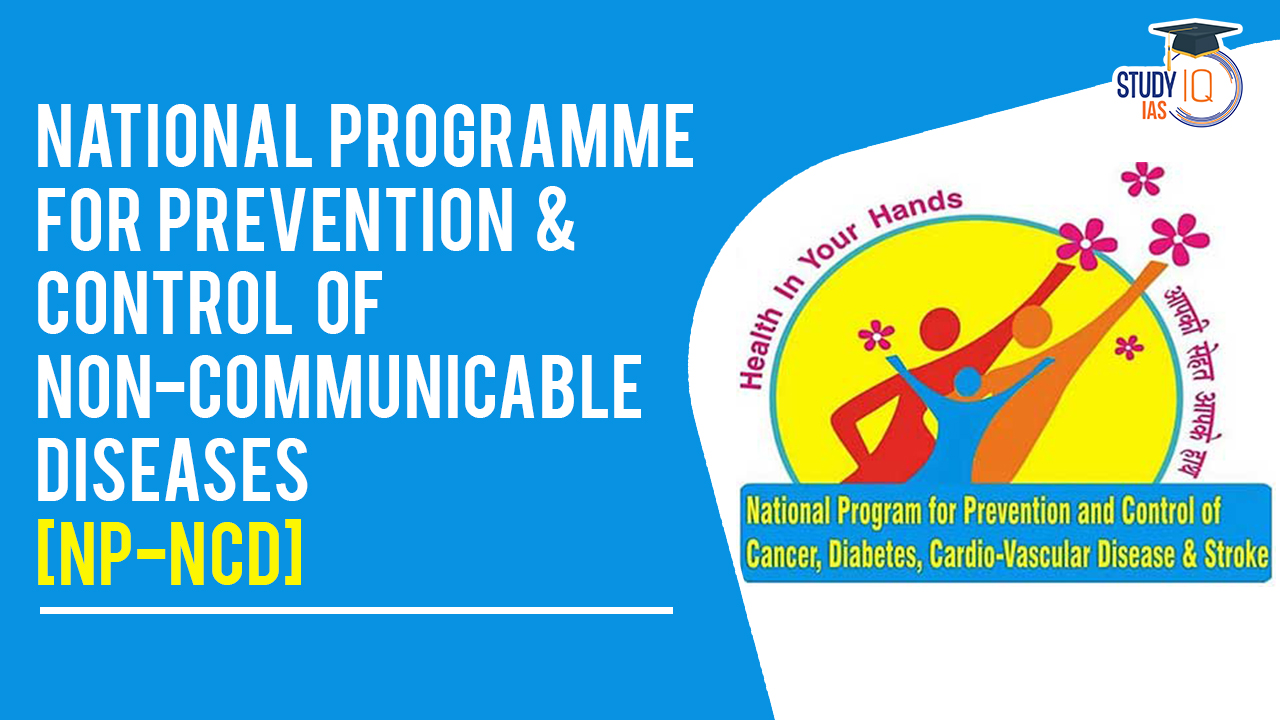Understanding Non-Communicable Diseases (NCDs) and the Importance of NCD Programs
Table of Contents
- Introduction
- What Are Non-Communicable Diseases (NCDs)?
- The Burden of NCDs Globally
- The Importance of NCD Programs
- Key Components of Effective NCD Programs
- 5.1 Prevention Strategies
- 5.2 Early Detection and Screening
- 5.3 Treatment and Management
- 5.4 Health Education and Promotion
- Successful Examples of NCD Programs
- Challenges in Implementing NCD Programs
- Future Directions for NCD Programs
- Conclusion
- FAQs
Introduction
Non-communicable diseases (NCDs) are a significant global health concern, responsible for a large portion of deaths worldwide. Understanding these diseases and implementing effective NCD programs is crucial for reducing their impact. This article delves into what NCDs are, the global burden they pose, and the key components and challenges of NCD programs.
What Are Non-Communicable Diseases (NCDs)?
Non-communicable diseases are chronic diseases that are not passed from person to person. They include conditions like cardiovascular diseases, cancers, chronic respiratory diseases, and diabetes. These diseases are often characterized by long duration and slow progression, significantly impacting individuals’ quality of life and posing substantial economic burdens.
The Burden of NCDs Globally
NCDs account for approximately 71% of all deaths globally, with cardiovascular diseases being the leading cause. The burden of NCDs is not only a health issue but also an economic one, affecting healthcare systems and national economies. The rise in NCDs is driven by factors such as aging populations, urbanization, and lifestyle changes.
The Importance of NCD Programs
NCD programs are essential in addressing the prevention, early detection, and management of these diseases. Effective programs can reduce the prevalence and impact of NCDs, improve patient outcomes, and decrease healthcare costs.
Key Components of Effective NCD Programs
5.1 Prevention Strategies
Prevention is the cornerstone of NCD programs. Strategies include promoting healthy lifestyles, reducing risk factors like smoking and unhealthy diets, and encouraging physical activity. Governments and organizations play a critical role in implementing policies that support healthy environments.
5.2 Early Detection and Screening
Early detection through screening programs can significantly reduce the burden of NCDs. Regular screenings for conditions like hypertension, diabetes, and cancers enable early intervention and treatment, improving outcomes and reducing complications.
5.3 Treatment and Management
Effective management of NCDs involves a comprehensive approach, including medical treatment, lifestyle modifications, and continuous monitoring. Integrated care models that coordinate services across different levels of healthcare are essential for managing chronic diseases.
5.4 Health Education and Promotion
Education and promotion activities are vital for raising awareness about NCDs and encouraging healthy behaviors. Programs that educate the public about risk factors, symptoms, and preventive measures can empower individuals to take control of their health.
Successful Examples of NCD Programs
Several countries have implemented successful NCD programs. For instance, Finland’s North Karelia Project significantly reduced cardiovascular diseases through community-based interventions. Similarly, the WHO Framework Convention on Tobacco Control has been effective in reducing tobacco use globally.
Challenges in Implementing NCD Programs
Implementing NCD programs faces several challenges, including limited resources, lack of infrastructure, and political and economic barriers. Additionally, there is often a lack of awareness and education about NCDs, which hinders the effectiveness of prevention and treatment efforts.

Future Directions for NCD Programs
The future of NCD programs lies in adopting a multi-sectoral approach, leveraging technology for better health outcomes, and prioritizing research and innovation. Collaboration between governments, healthcare providers, and communities is essential for the success of these programs.
Conclusion
NCDs are a major health challenge, but effective programs can significantly reduce their impact. By focusing on prevention, early detection, treatment, and education, we can improve health outcomes and reduce the burden of NCDs globally.
FAQs
Q1: What are the main types of NCDs? A: The main types of NCDs include cardiovascular diseases, cancers, chronic respiratory diseases, and diabetes.
Q2: Why are NCDs a global concern? A: NCDs are a global concern because they account for a significant percentage of deaths worldwide and pose substantial economic burdens on healthcare systems and economies.
Q3: How can NCDs be prevented? A: NCDs can be prevented through healthy lifestyle choices, such as maintaining a healthy diet, regular physical activity, avoiding tobacco use, and limiting alcohol consumption.
Q4: What role do governments play in NCD programs? A: Governments play a critical role in implementing policies and programs that promote healthy environments, support early detection and screening, and provide resources for effective treatment and management of NCDs.
Q5: What are some successful examples of NCD programs? A: Successful examples of NCD programs include Finland’s North Karelia Project and the WHO Framework Convention on Tobacco Control, both of which have significantly reduced the prevalence of cardiovascular diseases and tobacco use, respectively.



